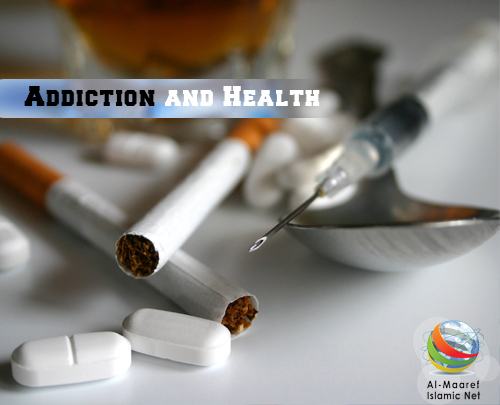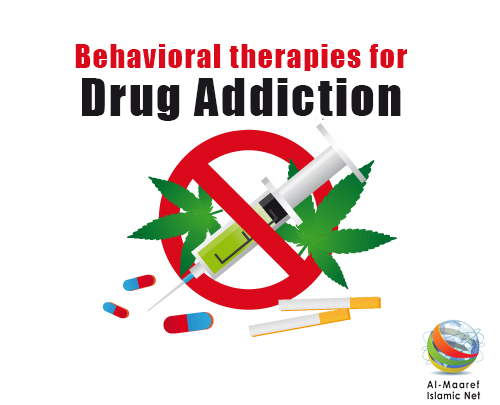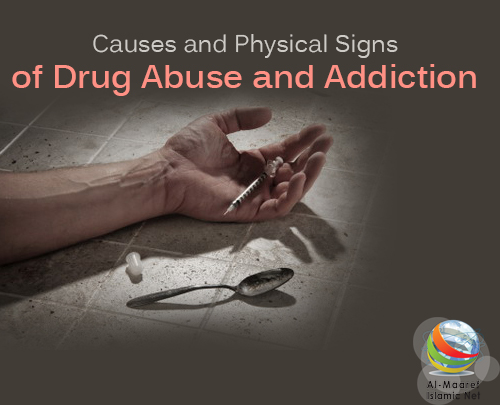To gain some insight into what causes drug addiction, we turn to two major areas
of examination to formulate a working understanding. The main target of the
drugs is our central nervous system, so we look there first, followed by the
individual actions of the drugs themselves.
The Nervous System
There are two types of cells that comprises the nervous system-glial cells
(often called glia) and nerve cells (often called neurons). There are some 10 to
50 times more glia cells than neuron cells in the system.
One important distinction between glia and neurons is that glia are not
communicators. Neurons are the cells that communicate with other cells.
But the glia are important because they help to provide fitness and structure to
the brain, distribute nutrients to the system and they eliminate waste. The glia
also makes up the blood-brain barrier, which separates the blood from the fluid
that surrounds the neurons. This is important because the barrier allows some
chemicals to pass through, but not all. This protects the brain from potentially
toxic chemicals carried by the bloodstream. A psychoactive drug is capable of
passing through this barrier, while others are blocked. Stated another way, the
blood-brain barrier’s job is to separate harmful toxins from beneficial
chemicals.
Neurons are designed to analyze and transmit information. This is important
because everything we experience and understand as behavior is a result of the
function of neurons. We have over 100 billion neurons in our nervous system, all
communicating and having an effect on other neurons.
Neurons come in many shapes and sizes, but each neuron has four areas. The first
area is the cell body that houses the nucleus and substances that sustain it.
The second area is the dendrites, which extend from the cell body and kind of
look like trees. The within the dendrites’ membranes are receptors, special
structures that recognize and respond to chemical signals. Next we have the
axon, which is long and thin and its job is to conduct electrical signals.
Finally, the presynaptic terminals at the end of the axon, look like bulbs, and
that’s where chemical messengers are stores.
So what does all this neuron discussion have to do with drug addiction?
Neurotransmitters carry information which allows us to experience pain,
pleasure, etc. When a doctor administers an anesthetic, that drug blocks the
pain by blocking the perception of pain. In a sense, we are fooled into thinking
something doesn’t hurt because the vehicle for delivering that information is
blocked. The communication between neurons is key to understanding how we react
to a drug.
The effect the drug has on us is what triggers addiction. When we go from
enjoying something, to craving it and losing control over our reasoning and our
actions, that is addiction.
Let’s start with any person who is not using any drugs. All of the neuro
function of the brain is normal and there is no foreign substance in the
bloodstream to interfere or influence this function. Now we introduce cocaine
and the drug circulates in the bloodstream.
The user experiences euphoria, a very pleasurable experience. Human nature will
cause a person to want more. They like the feeling and want to repeat the
experience. Remember that blood-brain barrier? It allows the cocaine to filter
through and the neurons gather and transmit the information. Let’s fast forward
now as our person repeats this experience over and over. The drug’s unintended
consequences now come into play.
Actions of Drugs
The drug is carried to the brain by the bloodstream. It goes everywhere in the
brain, but some drugs effect parts of the brain in different ways. Here’s an
example: LSD molecules act on the serotonin systems, so anything that depends on
serotonin is affected.
Serotonin plays a role in how much we eat, or the regulation of our weight. Diet
drugs block apatite, because they impact serotonin. Low levels of serotonin may
explain aggressiveness, or excessive alcohol consumption.
People who have committed suicide, as recent studies have indicated, have a
serotonin dysfunction role in the taking their own life.
Getting back to the unintended consequences of a drug, as the brain chemistry is
altered, the brain is fooled into thinking that “normal” is when the drug is
present. Take away the drug and something is wrong.
Highly addictive drugs such as methamphetamine and crack cocaine, have powerful
brain altering potential, so much so that the addict actually believes that
using the drug is an absolute necessity for life. The neurons and the systems
they regulate have been altered.




















